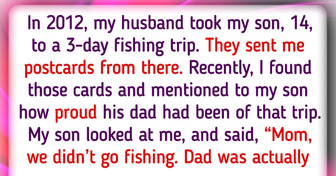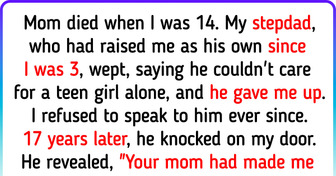20+ People Who Have Concrete Evidence That Absurdity Has No Limits

So we all know that Mother Nature is wise. If she blesses some creature with a particular body part, it should make perfect sense, right? Well yeah ... BUT still some wildlife shots make you wonder if evolution has gone the wrong way. Snakes’ natural design allows them to swallow a whole mouse. But in some cases, this cool ability can turn against them. Yes, snakes can actually swallow themselves. Scientists believe that they mostly do this because of stress, captivity, temperature regulation, hunger, or illness.
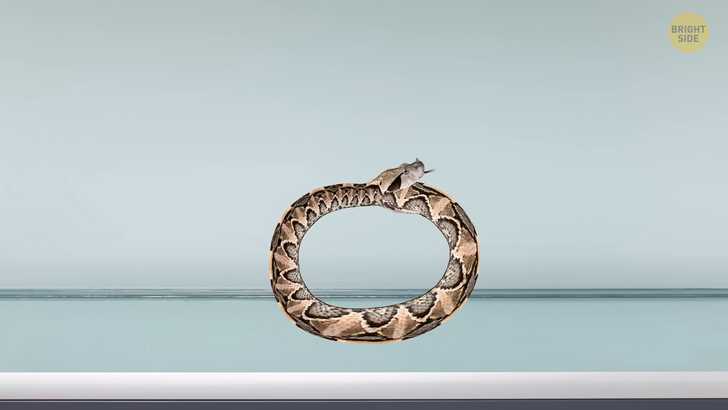
The snake is pretty helpless in this situation, you can tell. If it doesn’t get help in time, digestive juices may begin to corrode the swallowed tail. So if you ever catch your pet snake doing this, try to stop it. Or take it to the vet. OK, but what about the fangs I hear you ask? Does a venomous snake have immunity to its own venom?
Well, if the snake digests it — it will be OK. It’s because protein is a primary component in venom. And besides, the venom is excreted by the gland in the snake’s mouth. So no matter whom the snake bites chances are that it’s gonna drink a bit. So the only way a snake can actually suffer from its own venom is by biting itself straight into the blood vessel. In this case, it will experience the same reaction as any other animal. Think you’re having a bad hair day? Check this guy out. Chris was an Australian Merino ram who became a celebrity in 2015 after being discovered in the wild.
Farmers shorn him and gained nearly 90 lbs of wool! When the animal was found, he carried over 5 years’ worth of fleece on his body. But Chris belonged to the domestic sheep breed that needs to be shorn regularly. Otherwise, the animal is at great risk of injury and infection. So the lives of these cuties depend directly on going to the hairdresser. Shall we talk about horns? Cattle, goats, and many other species proudly wear this fancy headdress not only for fashion but also as a weapon for brutal battles.
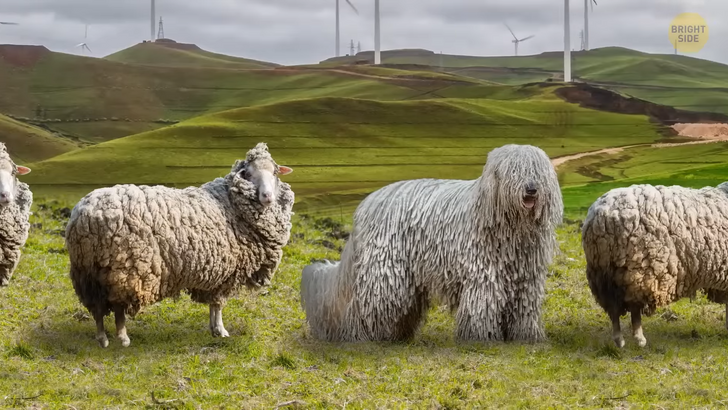
If you ask this bighorn sheep ram directly how old he is, you’ll probably hear something like ’Baa.’ But if you wanna get a more precise answer, you can count the number of rings on his horns. The biggest and the darkest ring usually marks the fourth birthday, when the ram matures enough for mating. Although animal horns might look very tough, in fact most of them are made of keratin. It’s the same protein that builds human hair and nails.
Horns never stop growing as the animal ages just like our own hair. And eventually, they can curl into really extravagant shapes, making these weapons turn against their owners. This is what a Wiltshire sheep horn looks like when it’s young. But as the years go by the horns typically curl in front of its face. And while most grow out harmlessly, the inward-growing horns can end up dangerously close to the sheep’s head. Like this ram who’s having bad luck, to say the least. Its horn has slowly grown into its own skull and eventually, well it didn’t end well for the sheep.
Of course, this would hardly have happened on a farm, because people would have made a preventive horn cut. But unfortunately, in the wild, animals cannot use hairdresser services. That’s why they use rocks and branches to rub and grind away at their horns to keep them safe just like humans trim their nails. Faulty genetics is not the only reason for the horn distortion.
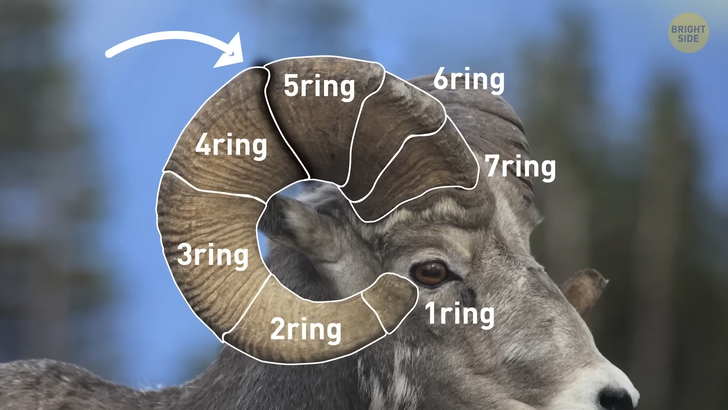
You see, when males of these species want to fight for dominance they begin to butt heads to show each other who’s the alpha male here. These battles can break horn plates making them grow at weird and dangerous angles. The fancier the original shape of the horns is — the more problems their fracture may cause. This poor African kudu is a bright example. Fortunately, in some cases, unlimited body part growth can be good for the animal. Just take a look at these adorable smiles! If you happen to break off your own molar tooth, your dentist would probably say that it’s irreversible and offer a replacement. But if an alpaca breaks its front teeth, all it has to do is to wait a bit.
Although these animals don’t have upper teeth, their lower teeth constantly grow throughout their lifetime. And they might look pretty creepy when they get too long. That’s why some farmers prefer trimming them from time to time. Just like pet owners cut the nails of their cats or dogs. Llamas look so similar to alpacas that many people confuse these 2 species. But the significant difference between them is that llamas’ front teeth are encased in enamel. That’s why, unlike alpacas, they don’t possess the superpower of limitless growth. Too bad... Unlike the keratin horns, deer antlers are made entirely of bone. Typically, only male deers — called stags — grow antlers. Very rarely females can grow them too due to serious hormone imbalance. This is a deer equivalent of a beard on a human female, that sometimes can appear due to various diseases.
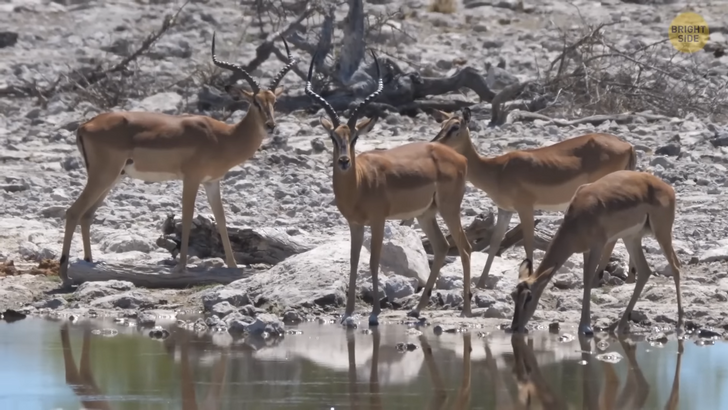
Adult deers grow and shed their antlers annually, which coincides with the breeding season. At first, their antlers are covered in velvet — a protective skin with blood vessels. But once the antler is fully-developed, the deer get rid of the velvet — just like snakes shed their skin. Although this process doesn’t harm the deer it may look pretty spooky. Once the brand-new antlers are ready stags begin to fight with other males over ladies’ attention. Usually stags barely eat or sleep during this competition. And if you ever questioned whether the antlers of 2 deers can get locked together, the answer is yes!
Every stag is risking ending up stuck with his own rival instead of having a romantic night out with a female deer. Bummer. Moreover, all the traumas that the deer gets during the mating contest can influence further antler growth if specific nerves get damaged. Just like the horns, antlers can develop at distorted angles because of genetic failures. Some mutations can even make them grow monstrously large. This unlucky deer can barely move his head without losing balance.
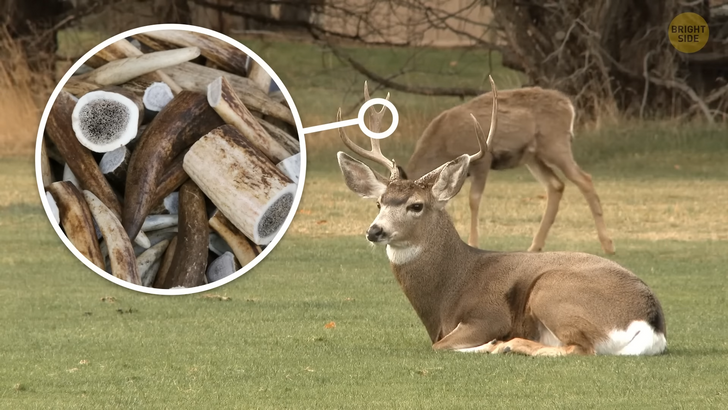
Also, if a deer breaks one of its legs, its body can speed up the healing by sacrificing the bone and blood material from one of the antlers. And thus this antler will get thinner and weaker. And speaking of facial extensions, we cannot skip the tusks. Please meet Babirusa from Indonesia. This ancient boar first emerged over 35,000 years ago. It’s easy to confuse these big tusks with horns but they are actually upper canines. They tend to pierce through the skin of the boar’s face as it matures.
Scientists believe that these intimidating tusks have evolved as a tool to protect eyes and throat while fighting with other males during mating season. But this design doesn’t seem very thoughtful. If a male boar doesn’t grind his tusks regularly, they can end up curling back into his own skull. Which can blind him or even worse. Now, what if I told you that hoofs can grow out of control just like horns and antlers? It took evolution millions of years to turn the middle toe of the animals’ foot bone into the hoof. And just like toenails, they tend to grow and curl into creepy shapes if they aren’t cut regularly.
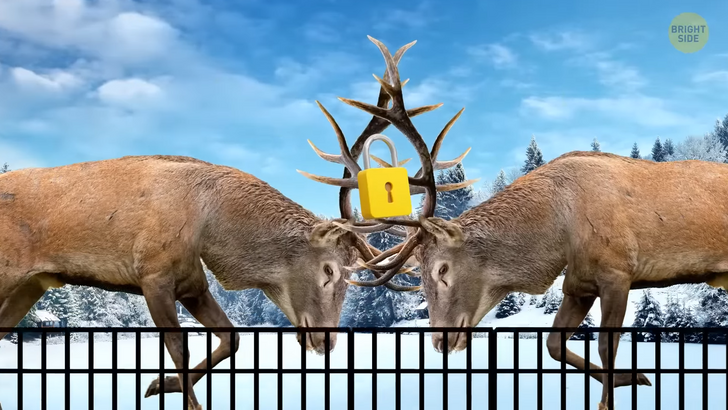
When donkeys or horses don’t have a chance to wear down their hoofs naturally by walking on hard surfaces they tend to overgrow. This makes the animals walk on the balls of their feet and over-stretch the tendons, which may result in pain and bone loss. And eventually, they can lose the ability to walk at all. So if you ever come across a horse with curly hoofs, consider calling the experts to give it an emergency manicure. Perhaps one of the most obvious questions asked regarding the undersea world is — “Can a fish drown in the water?” Yep, it can.
Although gills are an amazing gift of nature, there are still many factors that may deprive a fish of healthy breathing. When the oxygen level in water is too low, fish begin to suffocate. But it happens very rarely in the wild. Oxygen deficit usually appears in aquariums that are not washed and replenished often enough. Also, parasites, diseases, and an overall imbalance in water components can cause the fish to drown. And on that note, I need to hoof it on out of here. See ya next time.



